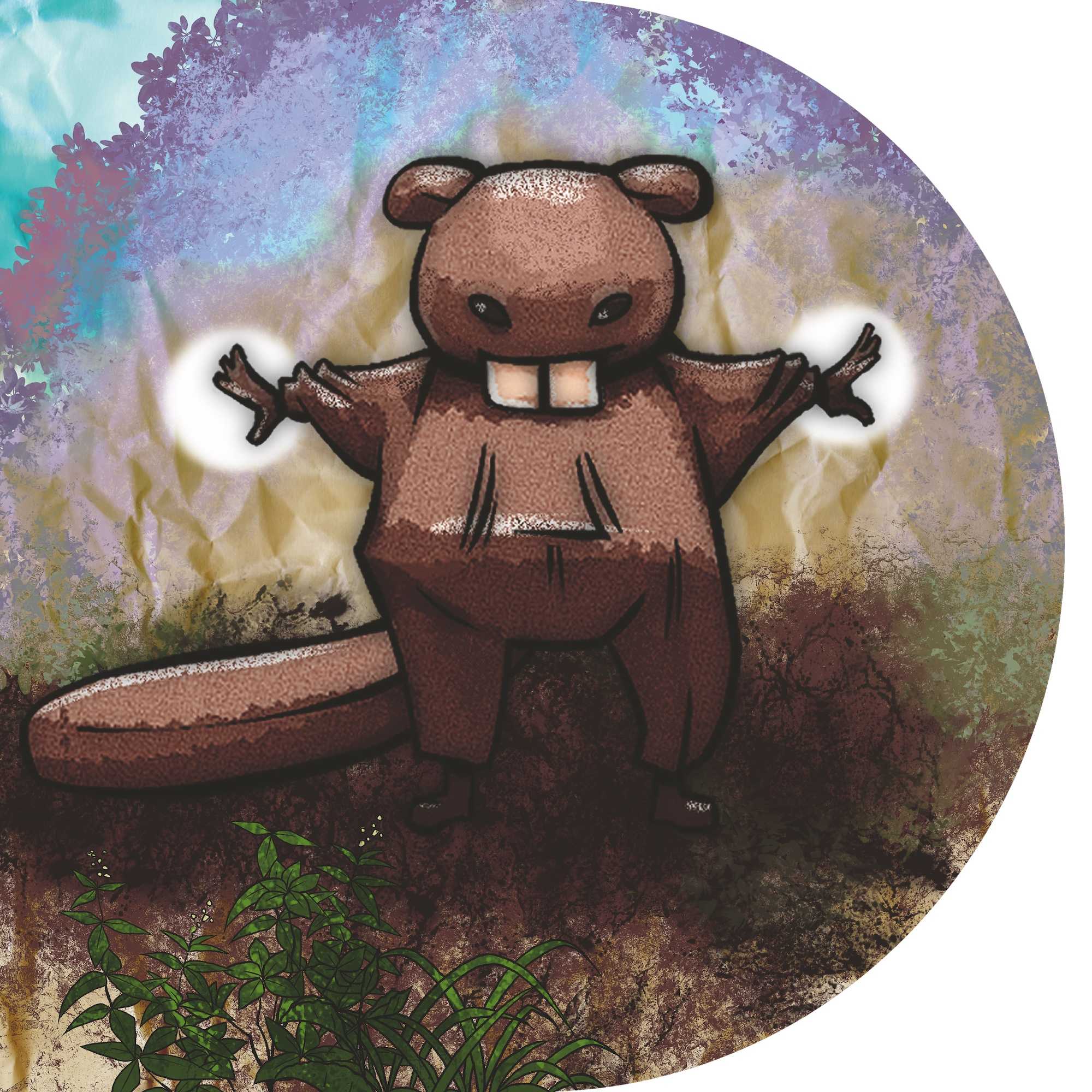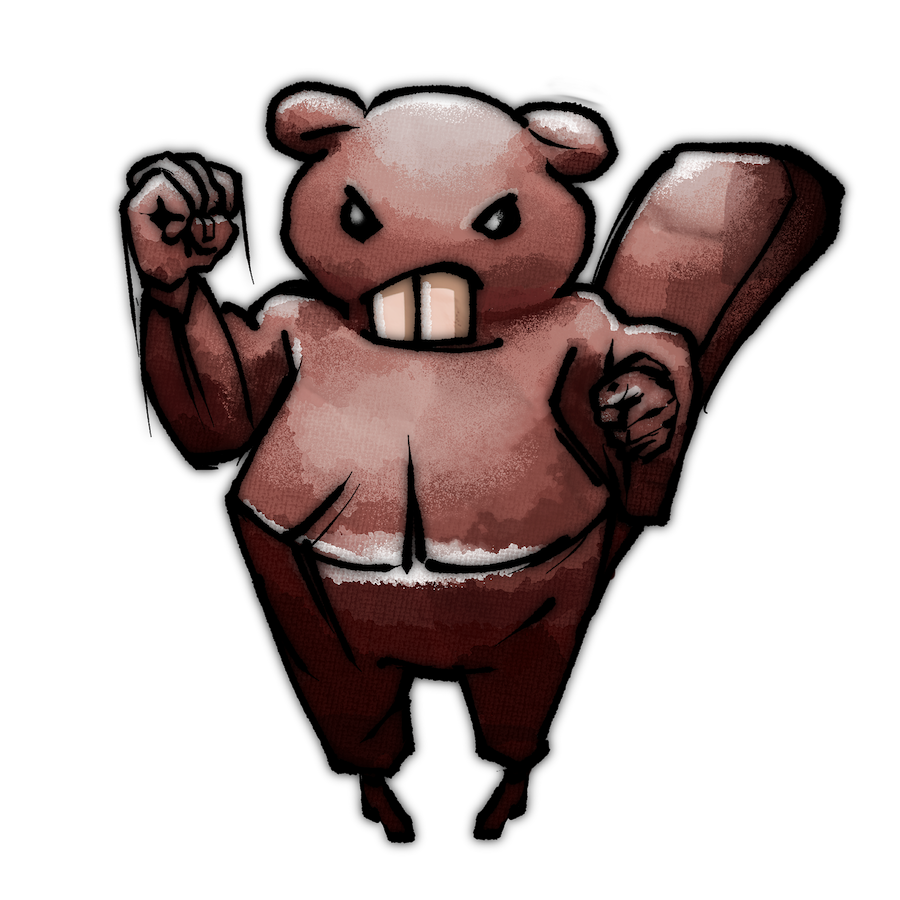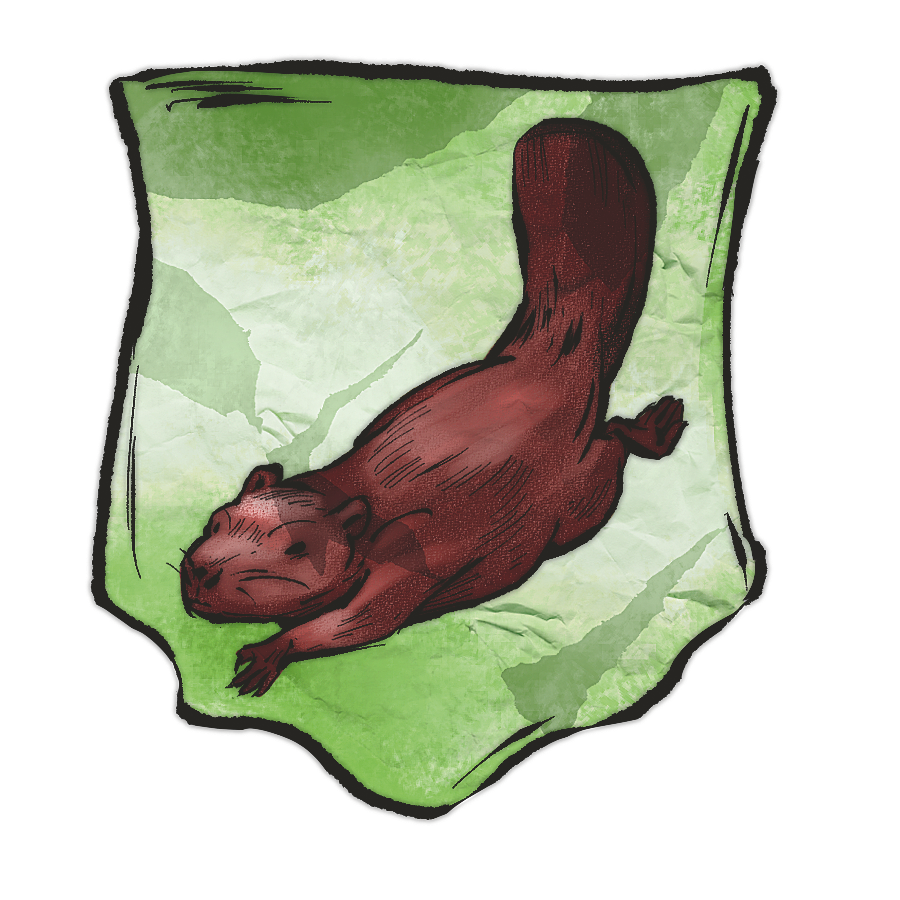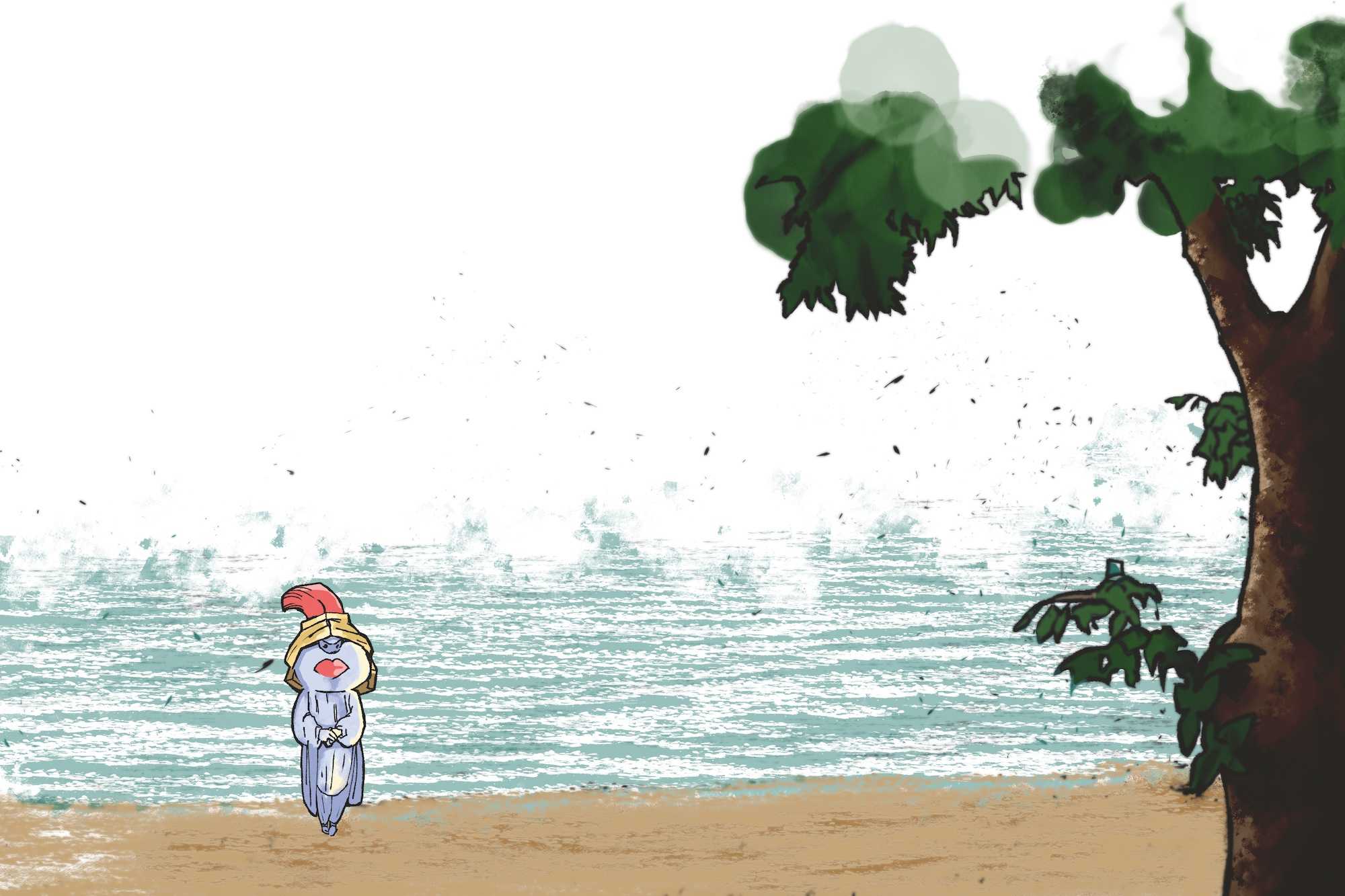ACTIVITIES: LAND BACK


Activity: Land Back
Are there places in Toronto that should be given back to Indigenous Peoples?
Generate a list of places around the city in and around your home that could be of use to Indigenous Peoples.
How might you utilize/offer your land (i.e., front yard, backyard, or park space) to benefit Indigenous Peoples and organizations in Toronto? How might you partner with Indigenous Peoples to better steward these lands upon which you live (whether you are a renter, an “owner,” or a visitor)?
If Indigenous People are granted land stewardship to areas in Toronto, what kind of support can you give to let them do what they want with it, freely? How much control over land would you be willing to give to Indigenous People? What are the factors limiting your trust in the feasibility of this idea?
Activity: Lawn Care
Choose a portion of your yard to indigenize
Are you a home “owner”? Do you maintain a yard? Do you own the space exclusively versus having to share and comanage it? How do you care for the lands you “own”?
Upon lands in Toronto, where title has not been restored to Indigenous Peoples, would you be willing to take up Indigenous stewardship practices? Which practices? Why? For instance, would you be willing to cease raking leaves on your properties, allowing the earth to have its first blanket before the snows arrive? When it gets cold, leaves protect grasses and insects in the yards.
How do we, like the trees, provide care for our natural environments? Do you take into consideration the city’s bylaws controlling how you control or maintain the natural environment? What relationships with land, plants, animals, and pollinators do these rules enforce?
How are we socialized to control the lands around us? How might you return the land over which you have some control to the creatures of this biota?
Up the Humber River, there is a portion of the riverbank that has had two feet of soil removed. Here, a variety of long-dormant seeds have sprouted a variety of wildflowers and riverside plant species.
Do you have the patience and time for the land to regrow, renaturalize, even itself out? How can we give the land back what it wants, letting it determine its own sovereignty? How can you support Indigenous plant life in your own yard?
Activity: Land Back, Pay Back
Imagine a payment to the original stewards

This is purely a thought experiment. Whether you are a home “owner” or a renter in the GTA, you pay property tax to the city. In this, you pay for city services – roads, schools, sewage, and so on. Would you be willing to tighten your belt and pay an additional tax to the original stewards of the territories in which you enjoy life?
Consider the privileges you now enjoy by virtue of being able to live, work, and play on these lands. Consider what you would be willing to personally pay for these privileges. Come up with a yearly amount or percentage of the tax you now pay, which you would pay directly to Indigenous treaty partners, steward nations, and/or Indigenous organizations in Toronto. What other forms of “payment” beyond money (i.e., in the form of service) could you offer?
Activity: Mapping Indigenous Toronto
Mark places of Indigenous presence
Toronto is estimated to have an Indigenous population of at least 70,000 people, the largest Indigenous population in Ontario and the fourth largest in Canada. Indigenous residents come from across Turtle Island, but roughly half are Anishinaabek, and there are also large numbers of Haudenosaunee, Métis, and Cree or Oji-Cree residents.
What community organizations and institutions focus on Indigenous People in Toronto? Where can we find direct action on the land by Indigenous People? Where can we experience Indigenous resurgence in the Toronto Area? Where are people “reclaiming” land, practising ceremony, and actively being on the land? Hint: consider such activities as planting corn on the Humber or undertaking cultural burns in High Park.
Where do we see Indigenous Torontonians continuing to live Indigenous lives? Where are local language-retention and revival acts taking place? Where can we see revival of Clans and hereditary governments?
What is your relationship to these sites and actions? Do you feel it is your place to take part or to step back?
Activity: New Old Names
Find names reflecting Indigenous Peoples and history in Toronto. Suggest new ones

When you stand on Neepawa Avenue, do you feel yourself to be in a place of plenty?
Make a list of street names that reflect Indigenous Peoples or their history. Extend your list to other Indigenous markers across the city, such as the Medicine Gardens that have been installed in various parks and neighbourhoods and Indigenous mural projects you have encountered around the city. Give these places nicknames.
Look for other places in the region. Scan the map for Indigenous-sounding place names, river names, tourist attractions, campgrounds, and so on. Consider initiatives to rename buildings, thoroughfares, or other city features.
Activity: How to Share Stuff
Take two blank sheets of paper. Divide one page into four long columns. Label the headings of each column as follows:
- Shared Stuff
- Take Only What You Need
- Keep It Clean
- Leave Some for the Future
Fill the “Shared Stuff” column with words or symbols that represent goods in life that sustain us, including common spaces and resources – for example, rare books, bike shares, wild berries, public parks, metals, seafood, office kitchens, an Elder’s time, a campground, waterfront access, intergenerational wealth, food banks.
Think up ways to apply each of the three teachings (the headings for columns two, three, and four) to each item in the “Shared Stuff” column. Explore these concepts as though you were making policies to regulate physical and conceptual commodities. Make notes in text or symbols for each item.
Configure the second page into three sections in any way you wish. Each section corresponds to one of the three teachings: “Take only what you need,” “Keep it clean,” and “Leave some for the future.”
Choose one item from the Shared Stuff column to focus on in the three sections. Rearticulate the item’s management plan through symbols and illustrations, creating a step-by-step how-to visual guide for sharing. Title it. Put it somewhere you will notice it.
The first page is your working document, your source for subsequent rearticulations. Keep it for the future.
Activity: Tough Translations
Create a physical way to communicate non-Indigenous ally intentions

Translate a few contemporary words and phrases used when speaking about allied actions. These might be overused concepts or phrases or controversial terms. Generate a list of the concepts you feel should receive some translation and understanding outside of spoken word – some examples are alliance, solidarity, action, and reciprocity.
Feel free to use props, maps, graphs, and drawings to get the concepts across. Refrain from using the spoken language. Take up some room. Find ways for your environment to help you tell the story. Use the space to present your translation to others.
Talk about the physical acts you have witnessed through this activity. Are there acts you are uncomfortable with? What allied roles do you feel comfortable taking? Consider this personal choice in relation to an existing Indigenous land claim, resistance action, or community initiative.

